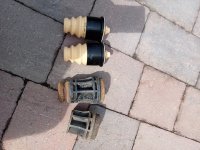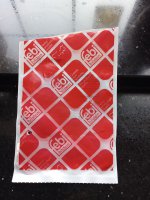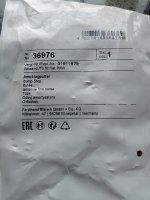CorrectNever lift the rear of the car by jacking in the middle of the twist beam; it's not designed for this kind of point loading and you risk permanently distorting it. This will throw out the (non-adjustable) rear suspension geometry and excessive tyre wear will result.
When these cars were new, some had a label on the beam specifically warning against this, but I suspect mot of these labels will have fallen off a long time ago now.
And Important




